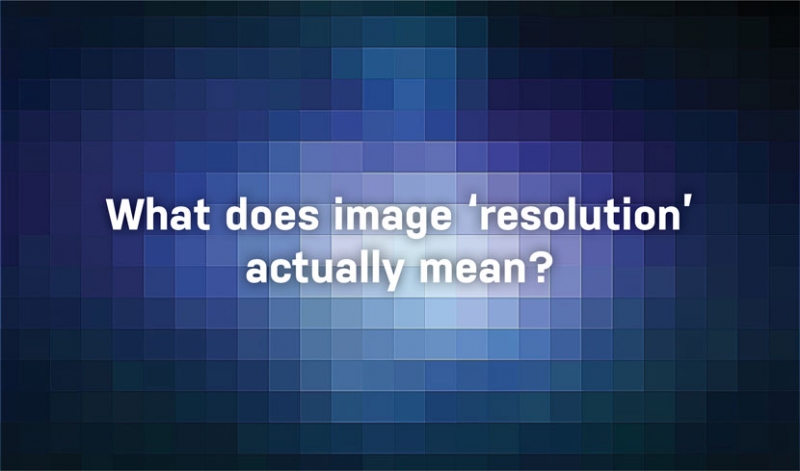
Understanding the relationship between file size, pixel dimension, resolution and ‘quality’
People often think that the quality of an image is determined by its resolution; there is an assumption that because something is 300dpi then it will be suitable for print. This is incorrect.
Resolution has nothing to do with quality. ‘Quality’ is dependent on many things; how good the photographer is, what size the original image was captured at and how the image has been saved. Typically images are saved in the jpeg format. Jpeg is a ‘lossy’ form of compression, meaning it throws away image data each and every time it is saved as a jpeg. Once an image has been saved as a low quality jpeg it is effectively ruined, saving it again at a higher quality won’t help as the original data no longer exists. Some of the lowest ‘quality’ images I see are ones that have been saved over and over again as jpegs, each time degrading the image. The overwhelming cause of high quality images becoming ruined is jpeg compression.
Regardless of ‘quality’ an image is deemed suitable for print if when shown at 100% on the page, it has a resolution of at least 300dpi. However, that doesn’t mean that receiving a 72dpi image makes it unsuitable, it just depends on how large the pixel dimensions are.
Pixel dimensions are directly linked to the file size, while resolution is not.

Note that in both cases the file size and pixel dimensions are the same. The difference is when the resolution goes higher the effective print size goes down. Image A would print exactly the same as image B if it was scaled down to 24% (based on 300dpi printing).

Imagine a childrens’ ball pool filled with 500 balls, the balls representing the file size of the image. The smaller the pool (image size) the more tightly packed the balls will be, or in a larger pool the balls will be less dense.
There are different print methods that do not require 300dpi such as large format printing (large exhibition stands, outdoor banner advertising etc). The requirement for very large format can typically be as ‘low’ as 75dpi. Which is why artwork can be created at quarter size with 300dpi images which gives an effective print resolution of 75dpi.
This kind of resizing doesn’t actually alter the file; it’s just changing the relationship between resolution and print size (at that resolution).
If an image is too small for the print size at the desired resolution it can be ‘resampled’. Resampling is a term we use when we need to increase both the resolution and print size together, this will increase the pixel dimension. Although applications like Photoshop can work wonders, resampling good quality images (if the image is visually poor quality to start) will not make it look any better.









